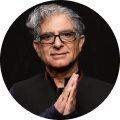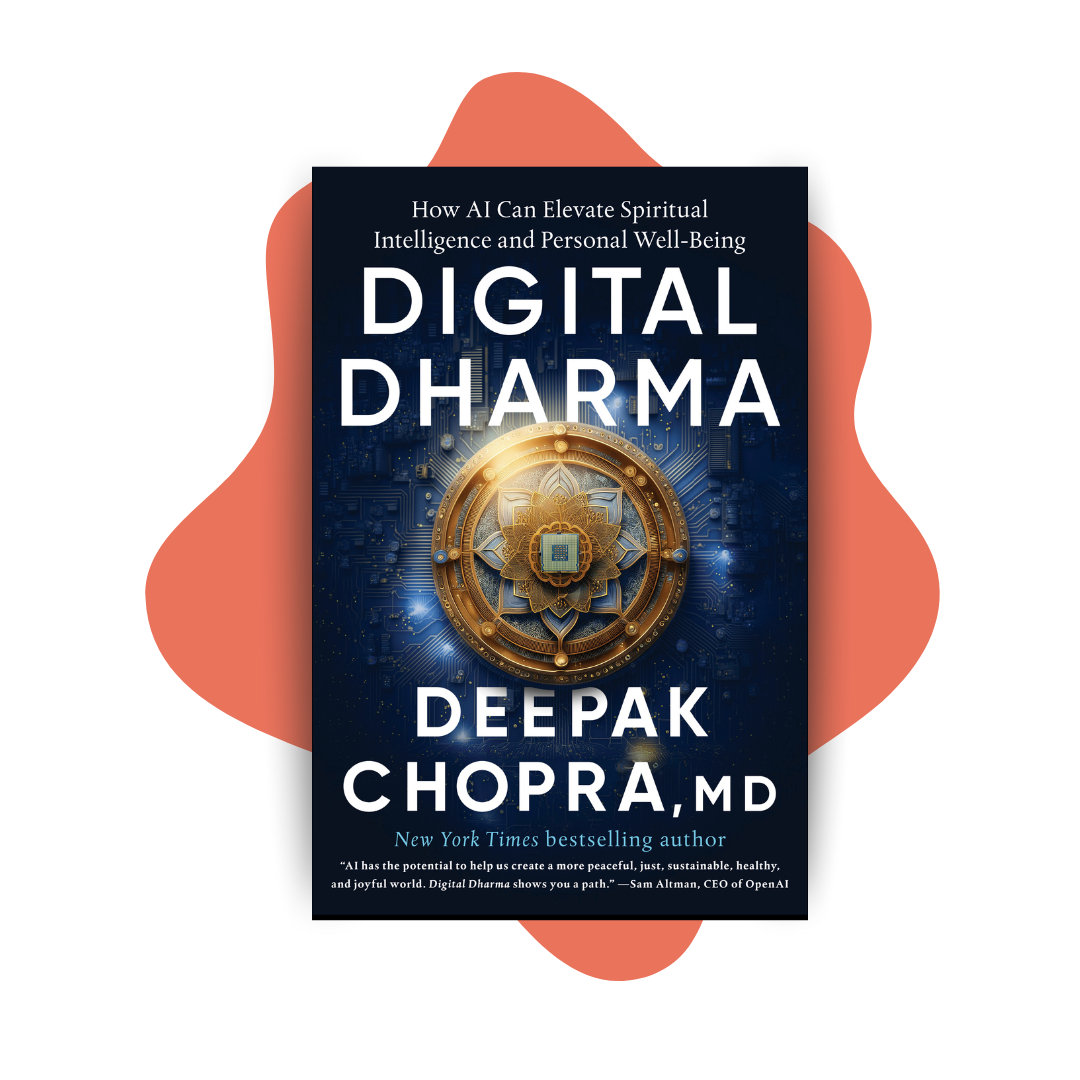Your Health Needs a New Map: Here It Is.
When your mind and heart are truly open abundance will flow to you effortlessly and easily.
It has been decades since a breakthrough idea changed people’s health and well-being. The last big ideas included risk prevention and “the new old age.” Risk prevention based a person’s health on avoiding specific threats like smoking, poor diet, a sedentary lifestyle, and stress. The new old age was a change of mindset that opened the way for lifelong well-being and productive activity beyond the biblical threescore and ten.
But as useful as these breakthroughs were, they hit a dead end. Risk prevention suffers from noncompliance, the perverse habit we all indulge in of not doing what is good for us. In addition, risks are fearful, and fear is a poor motivator in the long run. The new old age ran into a different and even tougher obstacle. The aging process proceeds roughly at the rate of 1% a year after age 30, much too long a time to focus on old age, even though it has been well established that the afflictions of the elderly are chronic conditions like diabetes, hypertension, coronary artery disease, and probably most cancers which begin to develop years or even decades before symptoms appear.
What breakthrough idea can get past these obstacles? The idea begins with an image. Imagine a valley surrounded by mountains. Your life is spent in the valley, but your livelihood takes you up the mountain, and when your labor is done, you return down the mountain to resume your life in the valley.
This image may seem unpromising, but it forms the basis of the l” fitness landscape,” as the new breakthrough idea is known. The landscape consists of a valley (your normal healthy state) while the mountains are the stresses and challenges your body withstands from disease, trauma, anxiety, depression, and aging. The promise of lifelong wellness lies in your ability to climb up the “mountain” of these challenges and then to return to the “valley” of normal good health.
Younger people make this trip quickly, which gives them a steep slope from valley to mountain, and the valley they return to is the same as the one they left. (In some models the visual image of youth climbs to higher and higher valleys, which represent increasing states of well-being.) But in the face of aging, traumas, stress, and disease, it gets harder to make the “effort” to climb up the mountain and return home to the valley of healthy mind and body. Time works against us. If you make little or no effort to make the journey, things grow worse. Like a weak spring that refuses to snap back into place except slowly and weakly, inertia (both physical and mental) saps your resilience. Bouncing back becomes harder.
There is a second aspect to the fitness landscape that brings another breakthrough. When you go to the doctor and have various vital signs measured, the readout of your tests gives a snapshot of things like blood pressure, heartrate, blood sugars, etc. But the body is constantly on the move, so these snapshots are like isolated points when what you need are lines on a map to show you where you are going. If the trajectory of your blood pressure, cholesterol, blood oxygen, and so on is known, you will be able to see a trend, and the trend is what really matters, not the snapshots.
The word “fitness” is a bit misleading here, since it creates images of the gym and keeping your muscles toned. As beneficial as that might be, we are talking about something holistic. Your whole bodymind needs to be fit so that you can easily make the effort to go up the mountain in full confidence that you will return to the valley again. The danger is you will not make it back to the same valley but will tumble into another valley (somewhat deceptively called “higher,” even though it is worse). In this valley you adapt to a new normal that cannot be reversed such as chronic hypertension, depression, anxiety, obesity, or permanent deficits from disease and aging.
“Holistic” tends to sound abstract and beyond a person’s normal reach, so let’s substitute “personal.” Your state of well-being is nothing if not personal, and this is in keeping with the fitness landscape we are talking about. Your wellness profile embraces everything, from your psychological mood to your satisfaction at work, your general health and past medical history, your relationships, and your time of life. Medical science cannot guide you optimally through these interlocked factors, yet somehow you must find a way to navigate them successfully.
The best guideline is probably resilience. Resilience, like a strong spring that bounces back quickly, gives you the ability to climb up the mountain (whether it is getting sick, undergoing surgery, going through a divorce, having a baby, or any other challenge that involves stress) and return to the valley as good as new. “As good as new” is amazingly easy in youth, more challenging in middle age, and a cause for increased awareness over age 65, but the point is always the same: good as new is your standard or benchmark at any age.
“Good as new” is multi-dimensional. Love, joy, creativity, empathy, compassion, inner peace, and self-worth do not age. They are good as new at any time of life. Therefore, they should be the focus of your resilience. If you are always creative, your fitness landscape will benefit much more than going to the gym and eating your quinoa. Speaking more broadly, the key to all the things we have just mentioned is awareness. Consciousness is where the ultimate resilience lies, physical, mental, emotional, and in your relationships.
The time is nearer than you think for wearables that will monitor the key vital signs that indicate your general state of health and resistance to stress, among other variables like heartrate and blood pressure. But the responsibility is yours to stay resilient in your awareness, keep “good as new” as your lifelong goal, and make the effort to climb the mountain, confident that you will return home to the valley. The breakthrough idea of the fitness landscape is exciting enough to open up a new future for everyone.
DEEPAK CHOPRA™ MD, FACP, founder of The Chopra Foundation, a non-profit entity for research on well-being and humanitarianism, and Chopra Global, a whole health company at the intersection of science and spirituality, is a world-renowned pioneer in integrative medicine and personal transformation. Chopra is a Clinical Professor of Family Medicine and Public Health at the University of California, San Diego and serves as a senior scientist with Gallup Organization. He is the author of over 90 books translated into over forty-three languages, including numerous New York Times bestsellers. His 90th book and national bestseller, Metahuman: Unleashing Your Infinite Potential (Harmony Books), unlocks the secrets to moving beyond our present limitations to access a field of infinite possibilities. For the last thirty years, Chopra has been at the forefront of the meditation revolution and his latest book, Total Meditation (Harmony Books) will help to achieve new dimensions of stress-free living and joyful living. TIME magazine has described Dr. Chopra as “one of the top 100 heroes and icons of the century.” www.deepakchopra.com
Jack A. Tuszynski, Ph.D., D.Sc. Professor, Department of Physics, Adjunct Professor, Department of Oncology, Adjunct Professor, Department of Biomedical Engineering
Member, The Li Ka Shing Institute of Virology, University of Alberta, Edmonton, AB, Canada
Brian J. Fertig, MDF.A.C.E. Diabetes, Endocrinology & Metabolism, Associate Professor Robert Wood Johnson Medical School, Chairman, Department of Diabetes & Endocrinology Hackensack Meridian Health at JFK University Medical Center, President Diabetes & Osteoporosis Center

